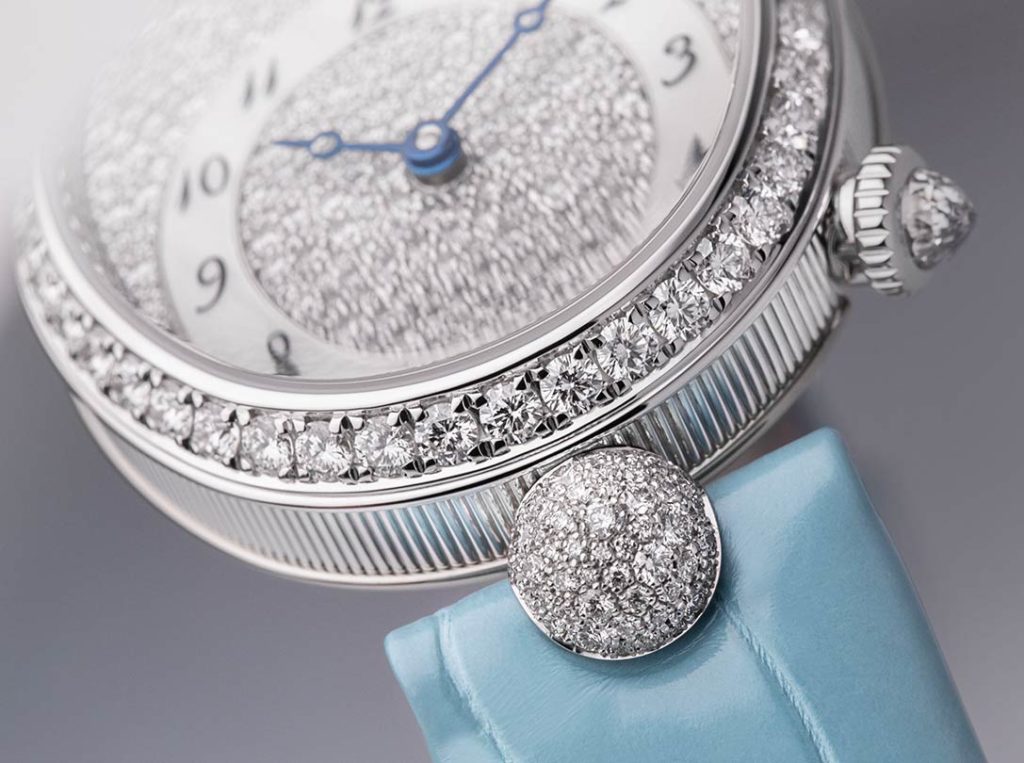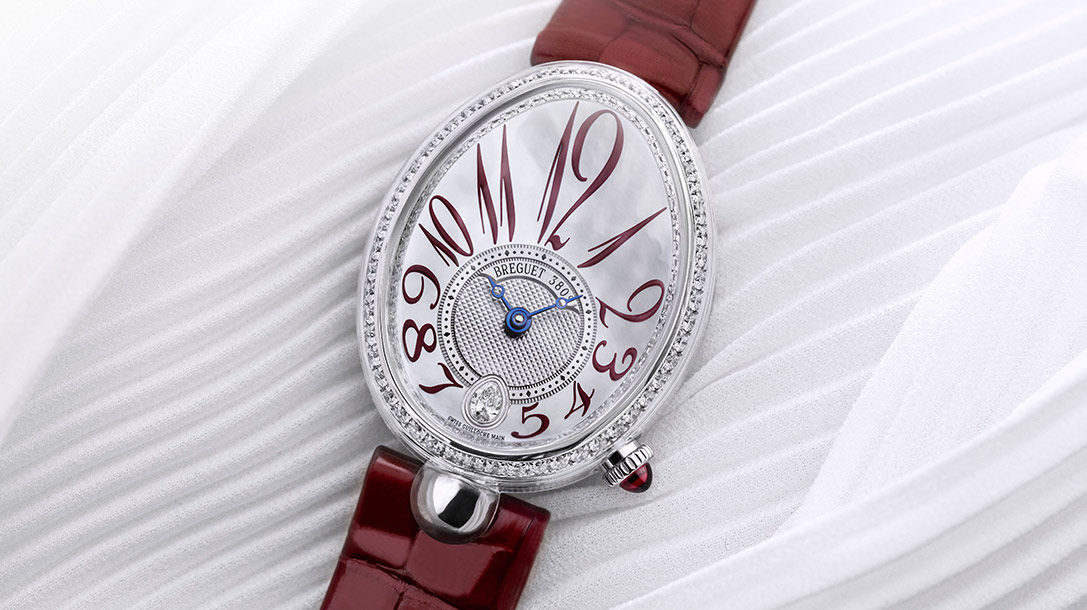
He, a brilliant watchmaker and undoubtedly the greatest master of scientific timekeeping, was born in Neuchâtel, Switzerland, where his curiosity for mechanics led him to continue his training in Paris, where he practiced his craft like a sacred art in his workshop on the Quai de l’Horloge on the Île de la Cité since 1775, a place that bears witness to his many inventions, both technical and aesthetic.
She, the younger sister of the first French emperor, born in Ajaccio, Corsica, and married to a high-ranking army officer who inherited the kingdom of Naples, was his most fervent admirer, as evidenced by the 34 pieces she acquired between 1808 and 1814, the duration of her role as sovereign consort.
His name was Abraham-Louis Breguet (1747-1823), her name was Caroline Murat (1782-1839), and their relationship, between dazzlement, loyalty and deference, guided them towards a unique creation, the first wristwatch in history.
Indeed, in 1810, two years after settling in Naples, Caroline Murat commissioned Abraham-Louis Breguet to design a timepiece with a completely new main criterion: instead of nestling it in a pocket or purse, she wanted to wear it at the end of her arm, close to her hand, like a jewel that everyone could see, admire against their skin. The object was paid for in 1811 and delivered in 1812, according to the carefully preserved archives, which lost track of him in 1855. Although there are no technical drawings, the recorded description allows us to grasp its essence: a watch with a flat, elongated silhouette, equipped with a repeater and a thermometer, to be tied to the wrist with a braided link of hair and gold thread.
In 2002, the Breguet watchmaking company unveiled a contemporary interpretation, refined to the extreme, of the timepiece imagined by Abraham-Louis Breguet for Caroline Murat, a collection that pays tribute to them and conveys a unique expression of time with its oval shape, often trimmed with diamonds and always set to the rhythm of a mechanical heart: the Reine de Naples.

